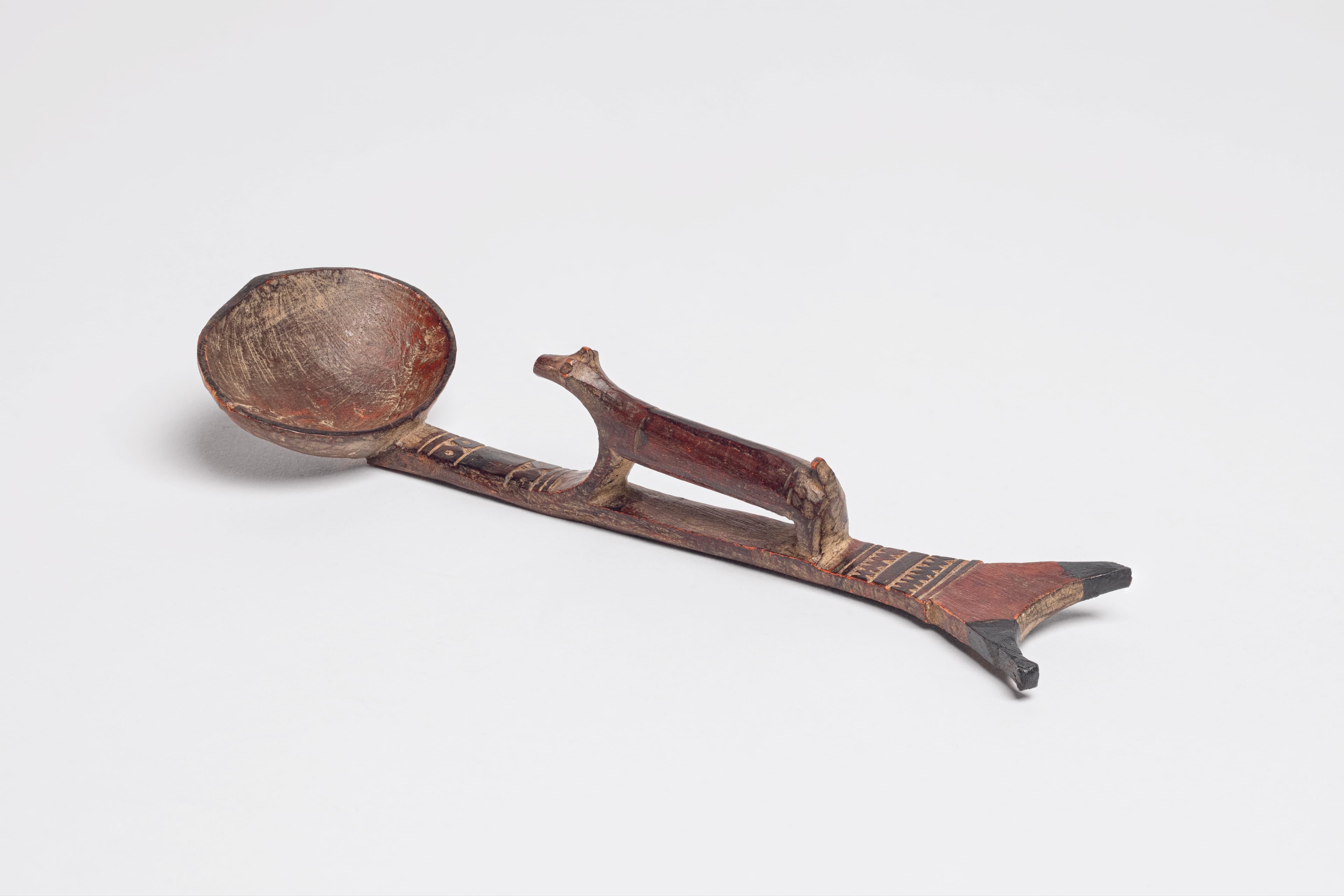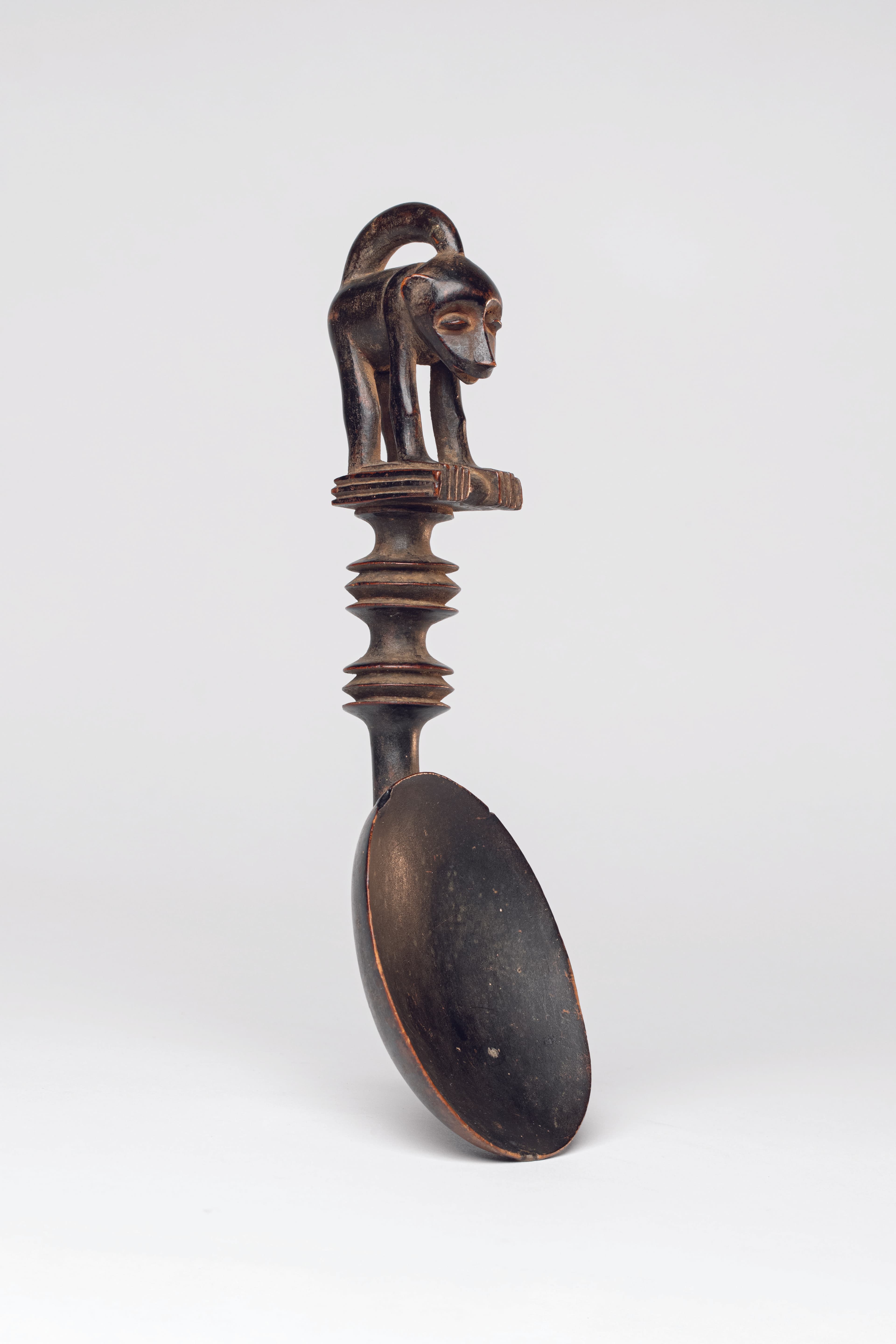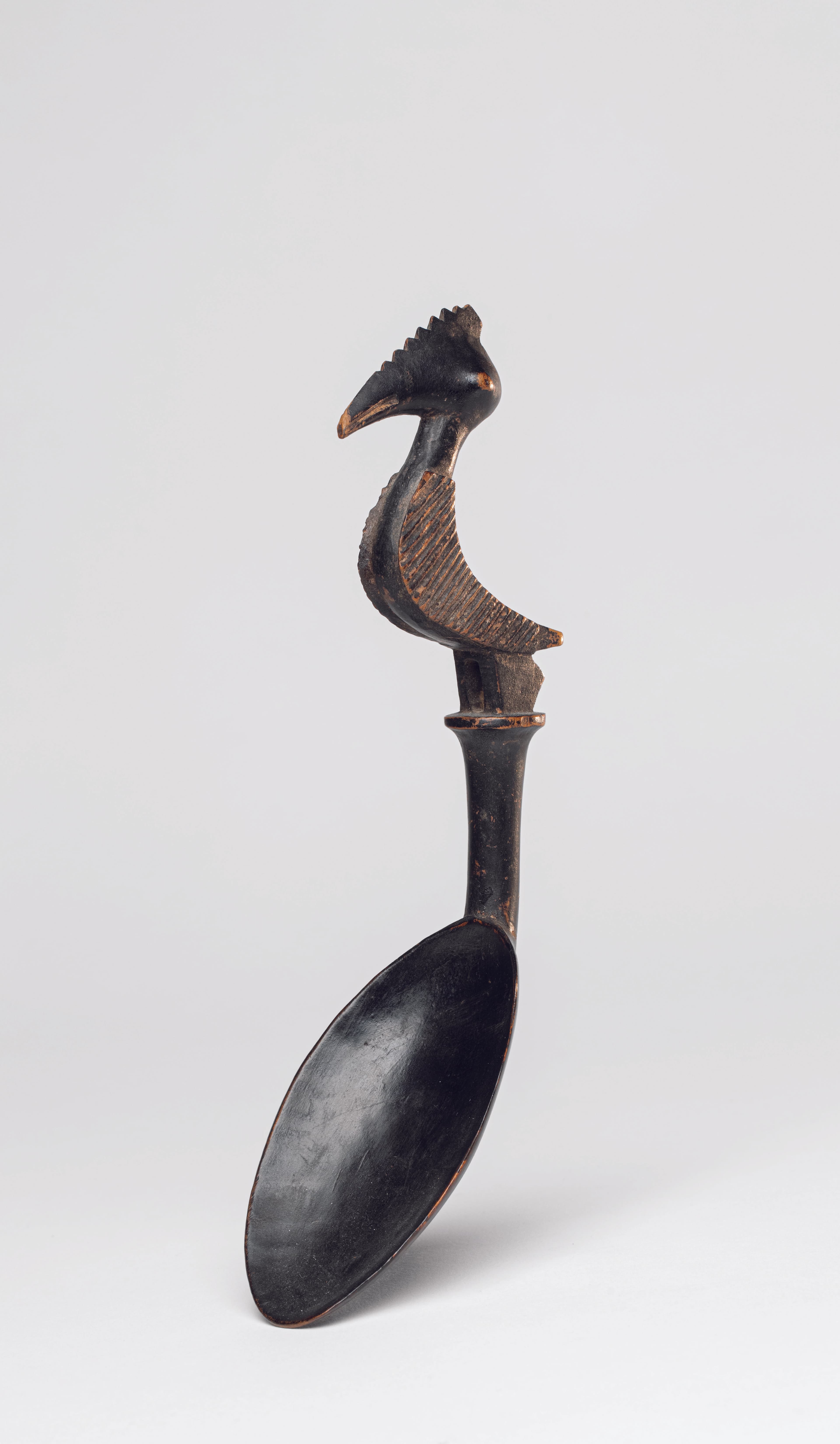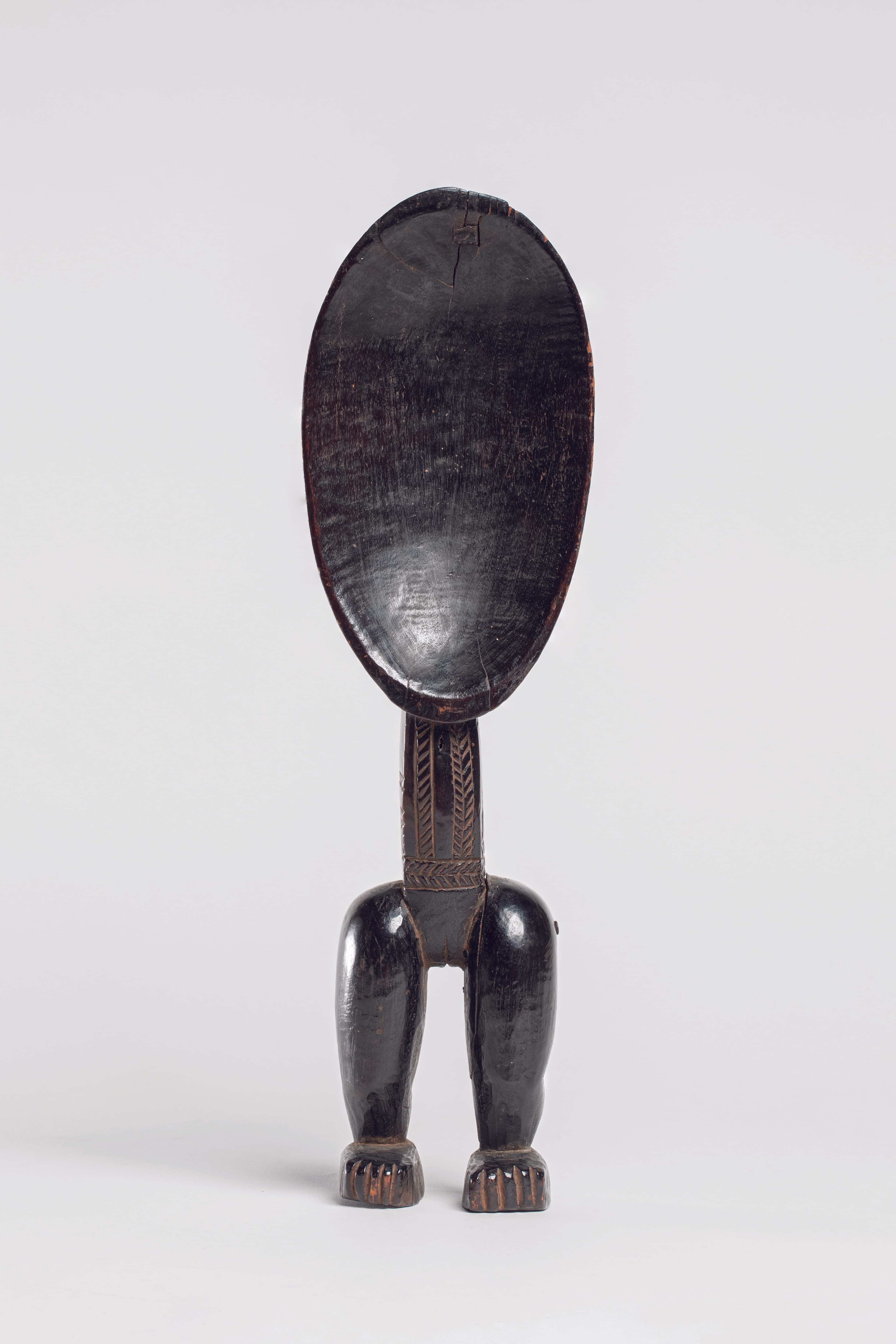A Taste of Beauty: Spoons of Africa from the Collection of Richard Ulevitch
September 29, 2025
Discover "A Taste of Beauty: Spoons of Africa from the Collection of Richard Ulevitch," a groundbreaking exhibition that redefines everyday utensils as powerful expressions of African identity, artistry, and cultural heritage.
On view September 14, 2025 – January 11, 2026.
Written by Bruno Claessens
Images by Ron Kerner
This fall, the Crocker presents A Taste of Beauty: Spoons of Africa from the Collection of Richard Ulevitch, an exploration of African sculptural traditions through a medium both intimate and unexpected: the spoon. This presentation offers the most comprehensive look to date at these remarkable works of art. Featuring nearly 100 examples from a California private collection assembled over three decades, the exhibition invites visitors to see how artists across Sub-Saharan Africa transformed an everyday utensil into an expression of identity, status, and artistic vision.

Spoons from the African continent represent more than an exploration of form and function, they are vessels of history, artifacts of identity, and tangible connections to the past that provide glimpses into the people and communities from which they came. The exhibition comes at a time when scholars and museums are rethinking how African art is understood and presented. While masks and figures have long taken center stage, A Taste of Beauty turns our attention to a less explored genre—one that offers a more personal, tactile, and nuanced view of African creativity. Created by anonymous but masterful hands, these spoons reflect a refined aesthetic sensibility and a remarkable level of craftsmanship that has long been overlooked in the canon of African art.

Antique African spoons were not merely tools for nourishment but were often meant to convey deeper meanings tied to social status, ritual practices, or communal identity. Among the Dan and Wè peoples of Côte d’Ivoire and Liberia, for instance, ceremonial spoons were awarded to women known for their generosity and hospitality. Carried in processions or danced with during village feasts, they became powerful emblems of social honor. Similarly, Nuna spoons from Burkina Faso, believed to change color in the presence of poison, exemplify the integration of spiritual beliefs with practical applications. In many cases, the spoons were never used for eating at all—they were symbolic possessions that were gifted, displayed, or passed down as heirlooms.

Beyond their function, the spoons in this exhibition exemplify a stunning variety of sculptural approaches that highlight the cultural specificity of each type. Some are minimalist in form, with flowing lines and structured balance. Others burst with complexity: handles morph into human figures, birds, water buffalo, or abstract symbols, their meanings layered with local cosmology and identity. While most spoons are carved from wood, there are also rare examples made of gourd, bone, and metal.

The exceptional collection of spoons presented in A Taste of Beauty challenges us to reconsider the ways in which everyday items can embody cultural, social, and artistic significance. By highlighting the spoons’ craftsmanship, symbolic meanings, and historical contexts, we can better connect with the hands that shaped them, the traditions they carry, and the stories they silently preserve.